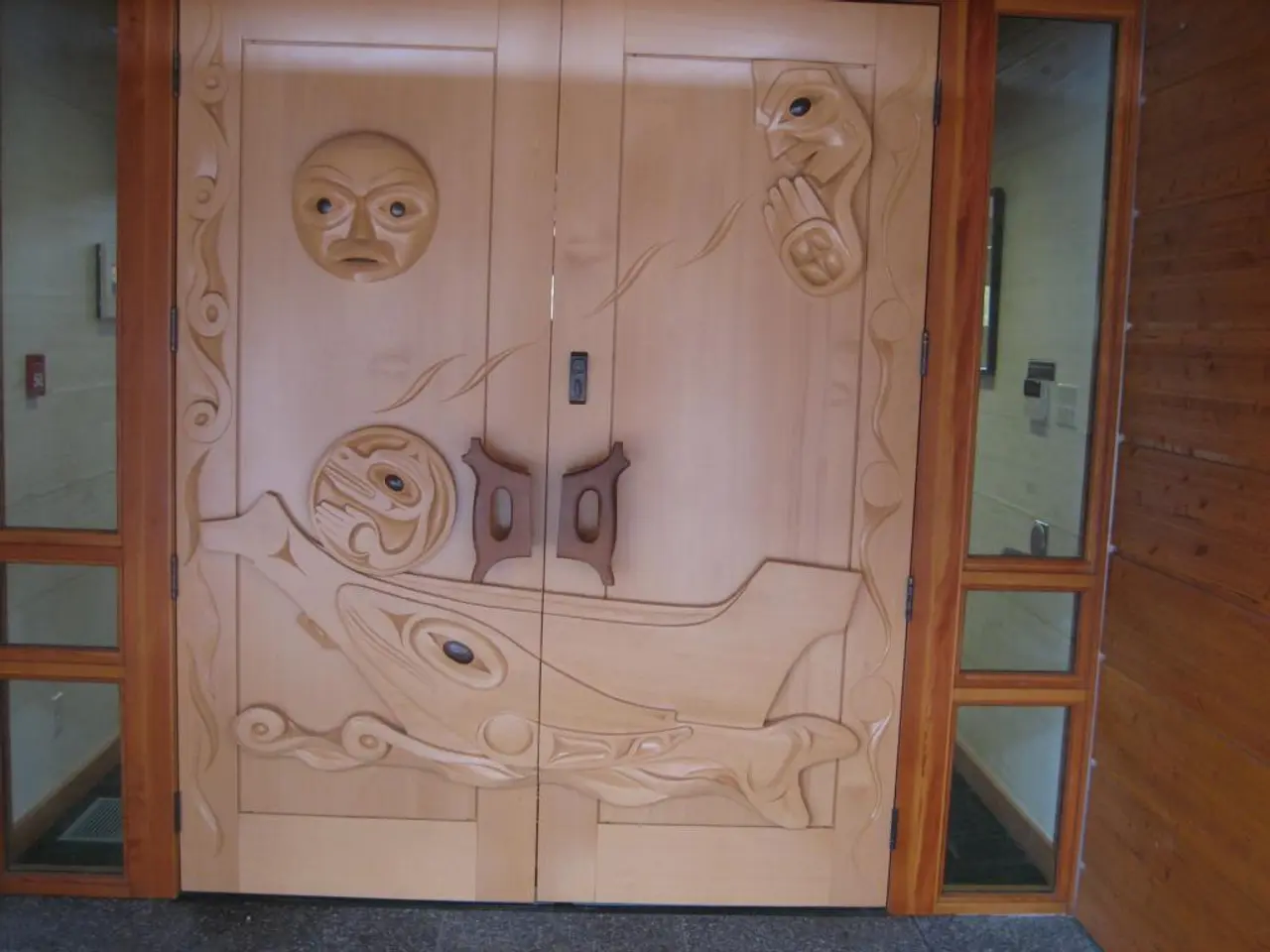Design Experts Share Strategies to Avoid Monotonous Spaces: Top 5 Insights Revealed
In the world of interior design, the key to creating captivating and personal spaces lies in being brave and experimental, according to leading designers.
Manuela Hamilford, creative director and founder of Hamilford Design, advocates for the transformative power of art, stating, "Art sets the tone for a space and invites emotion and conversation." Moniomi Design, led by co-founder Ronald Alvarez, echoes this sentiment, emphasizing the importance of contrast and tension in design, ensuring a space never feels lifeless.
Genevieve Bennett, head of design at Liberty Interiors, encourages designers to experiment with unexpected color or pattern pairings, such as juxtaposing a graphic stripe against a traditional, ditsy floral. Bennett, who previously collaborated with leading interior brands like Wedgwood, Mulberry, Knoll, and Heals, and founded her own studio creating bespoke pieces for private collectors and interior designers, believes that a design will never be boring if it speaks to you and reflects your personality.
To avoid boring interior design, experts recommend disrupting harmony just enough, using contrasting textures and tones, incorporating bold art pieces, being playful, and experimenting boldly rather than playing it safe.
One strategy is to mix textures and materials, layering linen, jute, wood, and glass within a neutral palette to create depth and warmth. Large-scale artwork or statement pieces can enliven blank or minimalist spaces, creating a strong focal point. Replacing basic lighting with artistic fixtures can transform and animate a space.
Avoiding overcrowding and clutter is crucial to maintain elegance and prevent chaos. Balanced layouts feel polished, but perfect symmetry can be boring; mixing stability with some asymmetry for interest is key. Try playfulness and pattern pairings to inject fun and uniqueness into your design.
Custom cabinetry and shelving offer both utility and a more finished, thoughtful appearance that elevates design. Monochrome design doesn't have to be flat; it requires intentional use of light, material, and form to push depth.
The corner banquette seating area can work in harmony with bold patterns, creating a cozy, interesting space. Being playful with partitions or all areas of design can create impact and turn mundane spaces into design statements.
Manuela Hamilford leads Hamilford Design, a London-based interior design studio with global reach, known for its style that harmonizes classic elegance with modern sensibility. Monica Santayana, co-founder of MONIOMI Design, suggests disrupting harmony in design to make it intriguing by mixing patterns unexpectedly, placing something bold in a quiet room, or exaggerating proportion. Camilla Masi, an interior designer at Otto Tiles & Design, encourages incorporating contrast in interior design through color or texture to add visual interest and prevent a space from feeling flat or expected.
In essence, the main culprit of boring design is playing it too safe—interior designers encourage owners to be brave, playful, and willing to experiment with color, pattern, texture, scale, and lighting to create spaces that feel lively and personal.
- Art can set the tone for a space and invite emotion and conversation, as stated by Manuela Hamilford, the creative director and founder of Hamilford Design.
- Moniomi Design, led by co-founder Ronald Alvarez, emphasizes the importance of contrast and tension in design to ensure a space never feels lifeless.
- Genevieve Bennett, head of design at Liberty Interiors, encourages designers to experiment with unexpected color or pattern pairings, such as juxtaposing a graphic stripe against a traditional, ditsy floral.
- To avoid boring interior design, experts recommend disrupting harmony just enough, using contrasting textures and tones, incorporating bold art pieces, being playful, and experimenting boldly rather than playing it safe.
- Large-scale artwork or statement pieces can enliven blank or minimalist spaces, creating a strong focal point in interior design.
- Custom cabinetry and shelving offer both utility and a more finished, thoughtful appearance that can elevate design, while monochrome design doesn't have to be flat and requires intentional use of light, material, and form to push depth.
- In the realm of interior design, leading designers agree that the key to creating captivating and personal spaces lies in being brave and experimental, advocating for the transformative power of art, bold pattern pairings, contrasting textures, and playfulness to turn mundane spaces into design statements.




